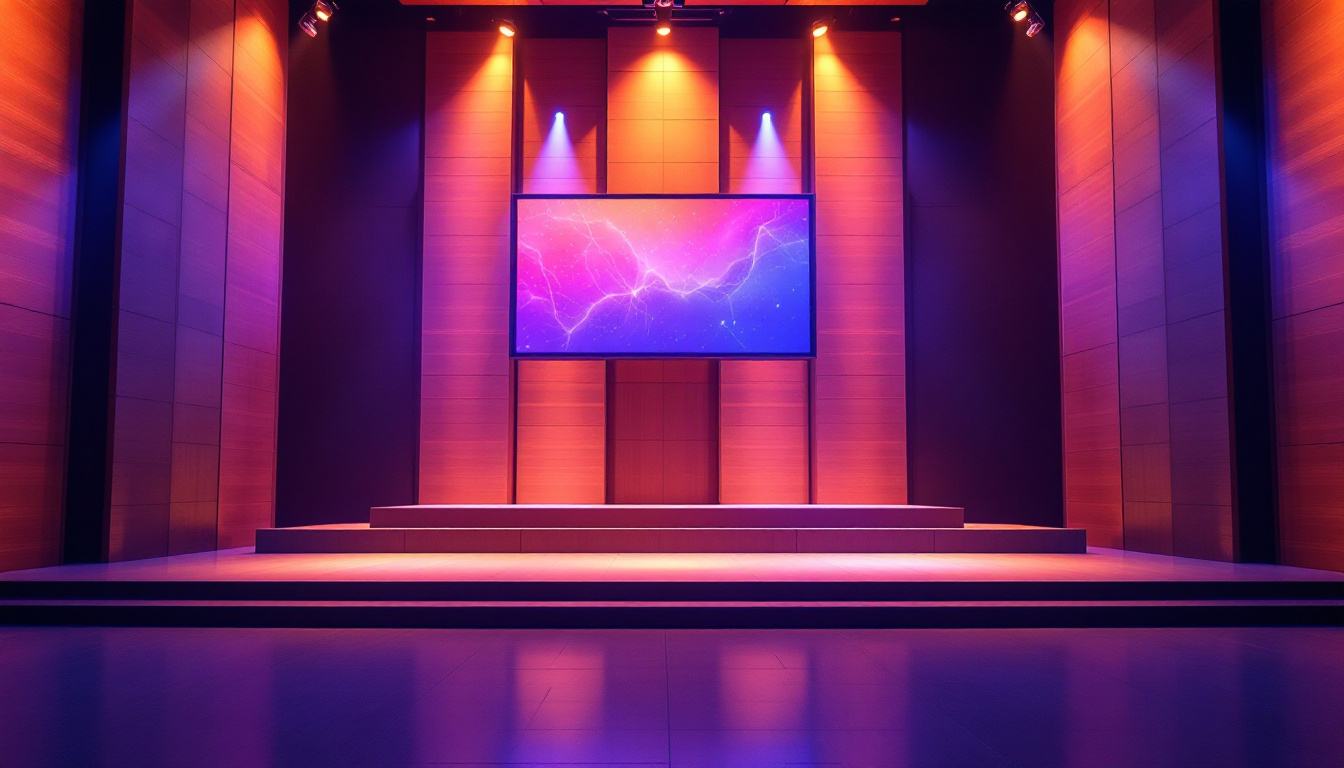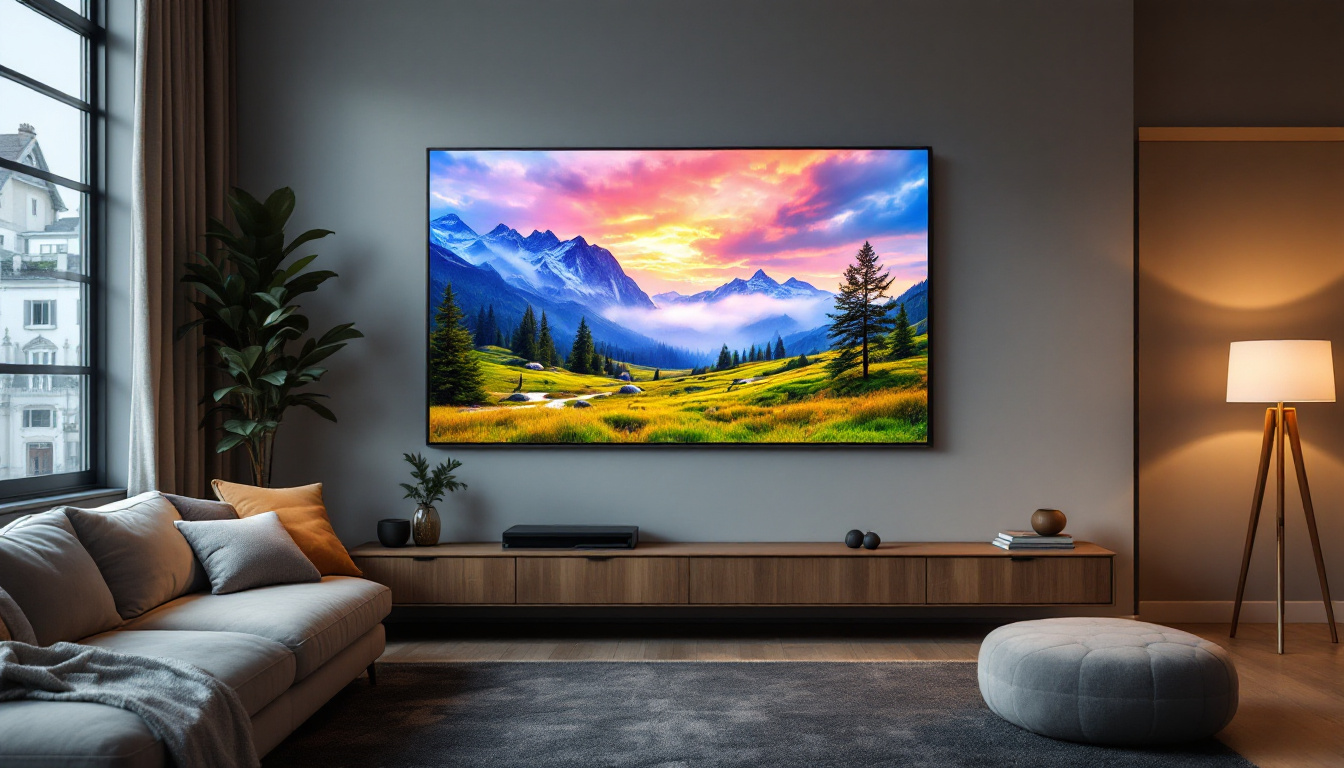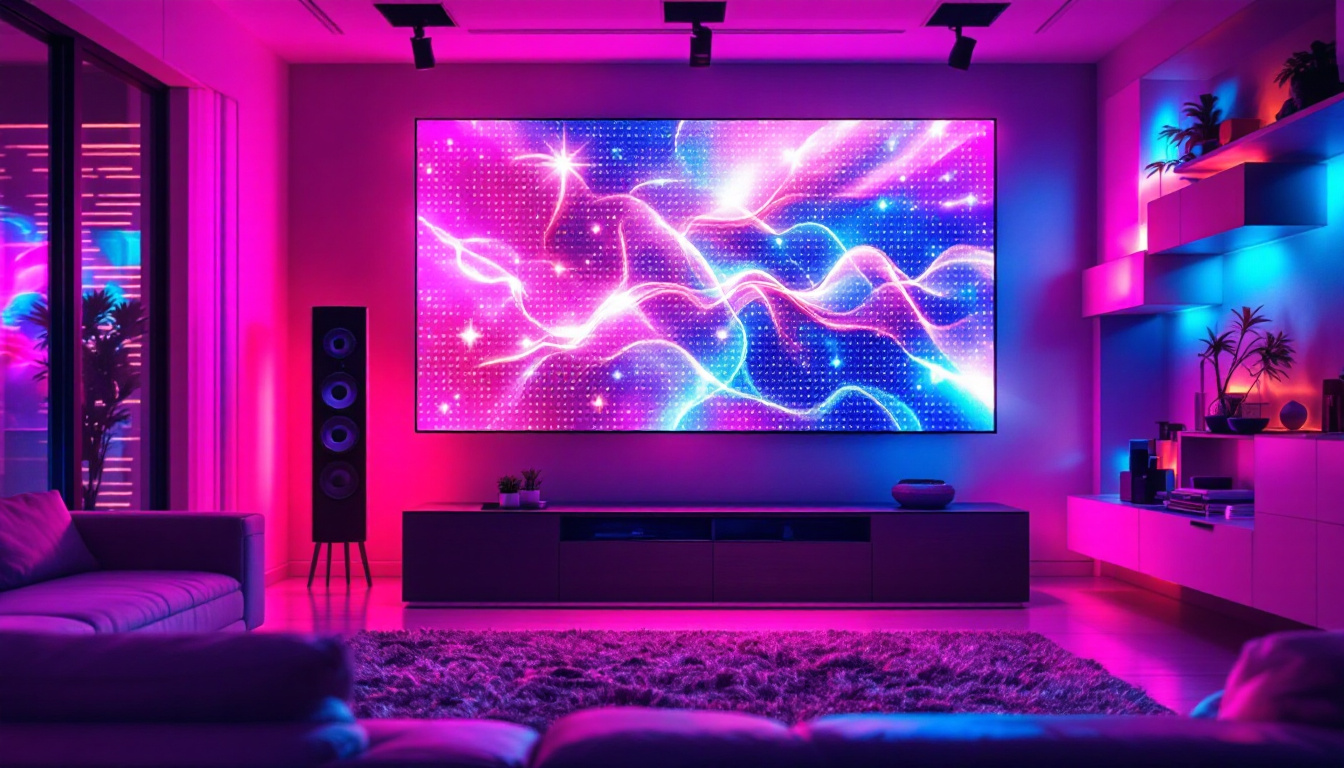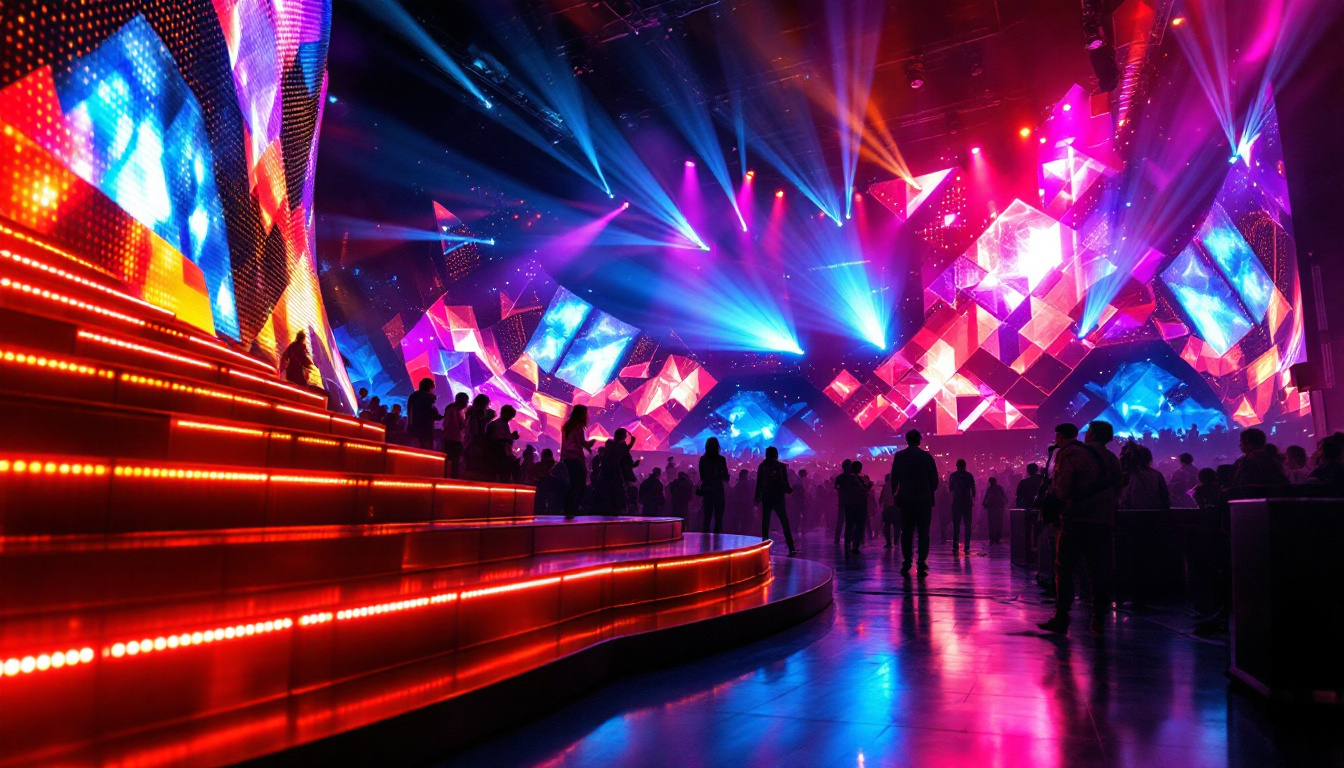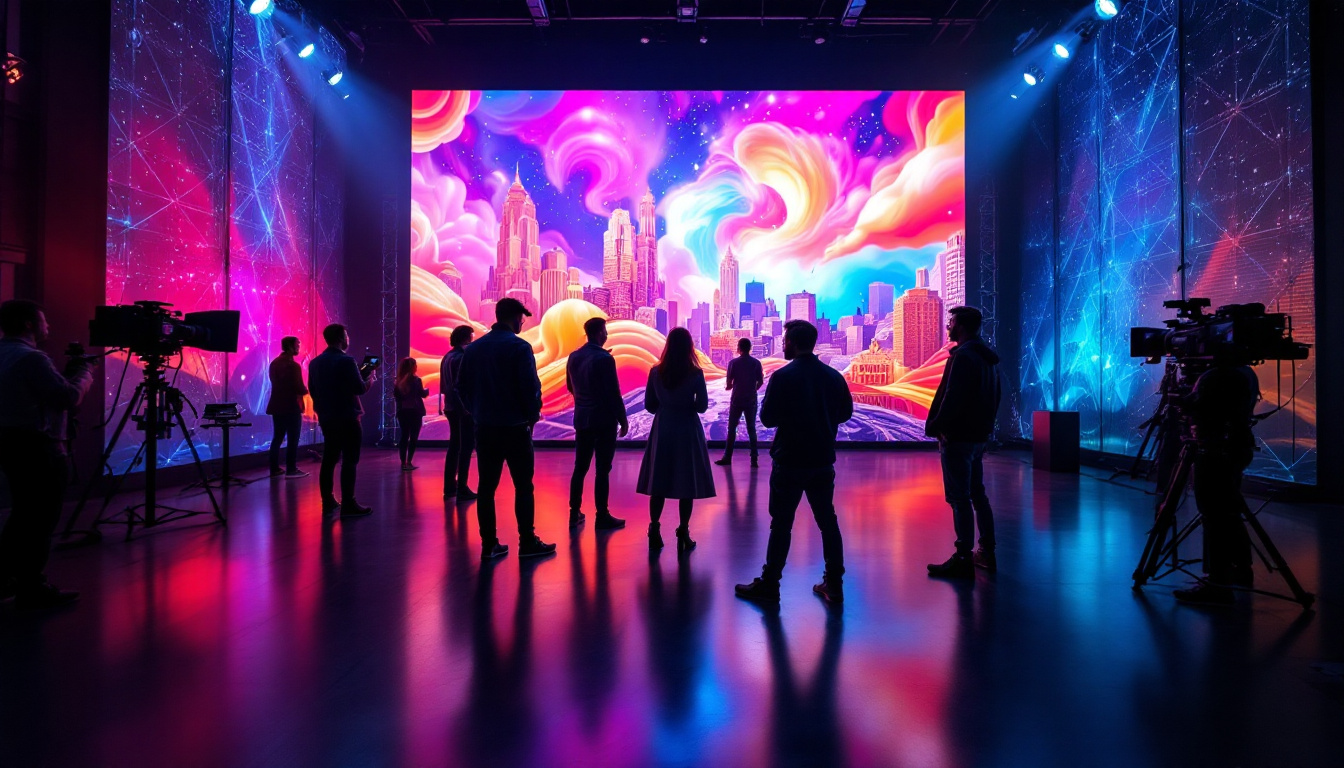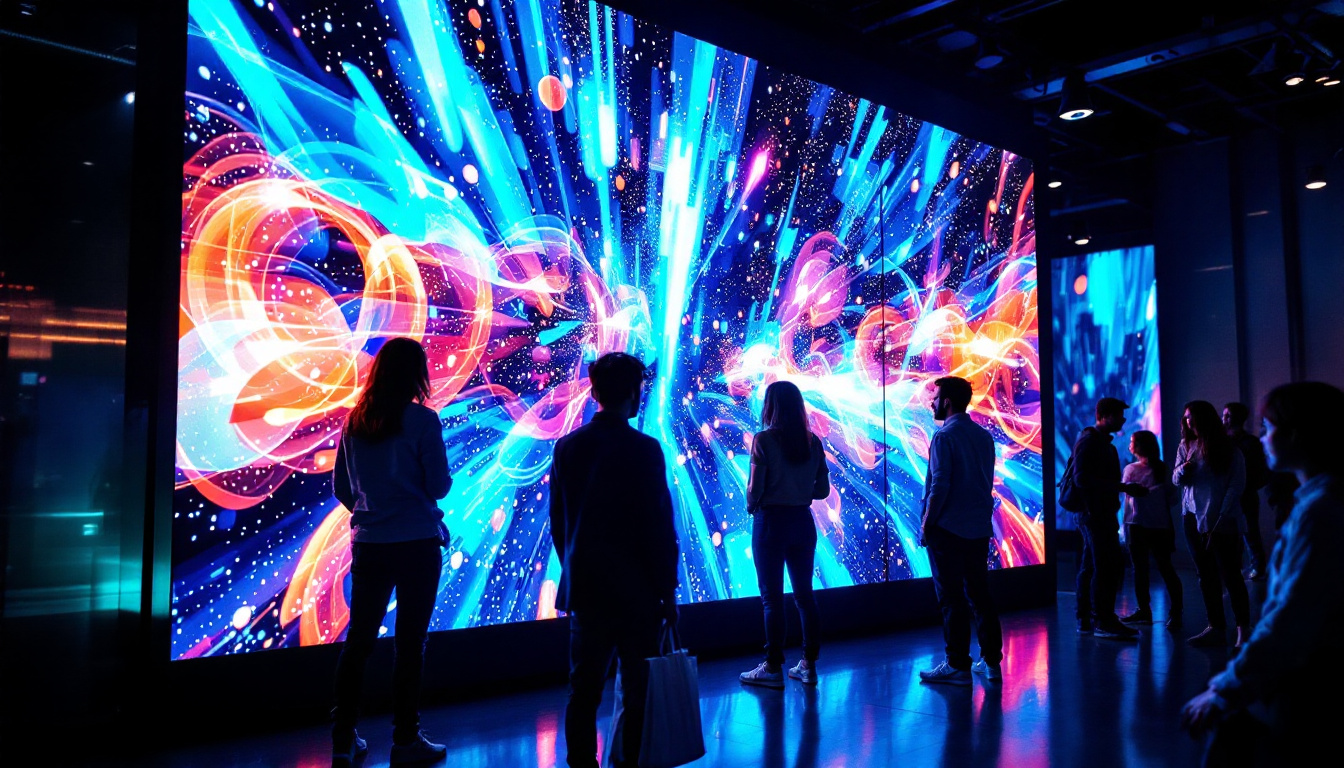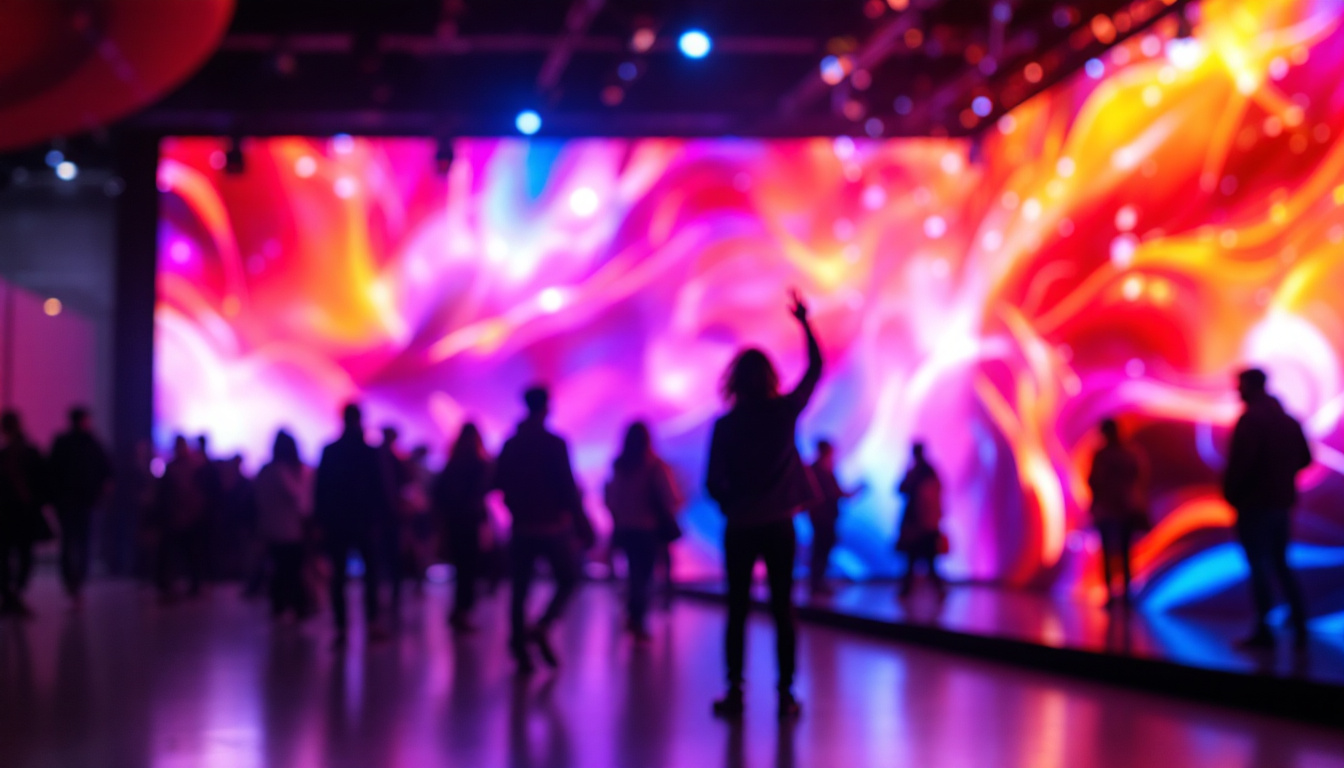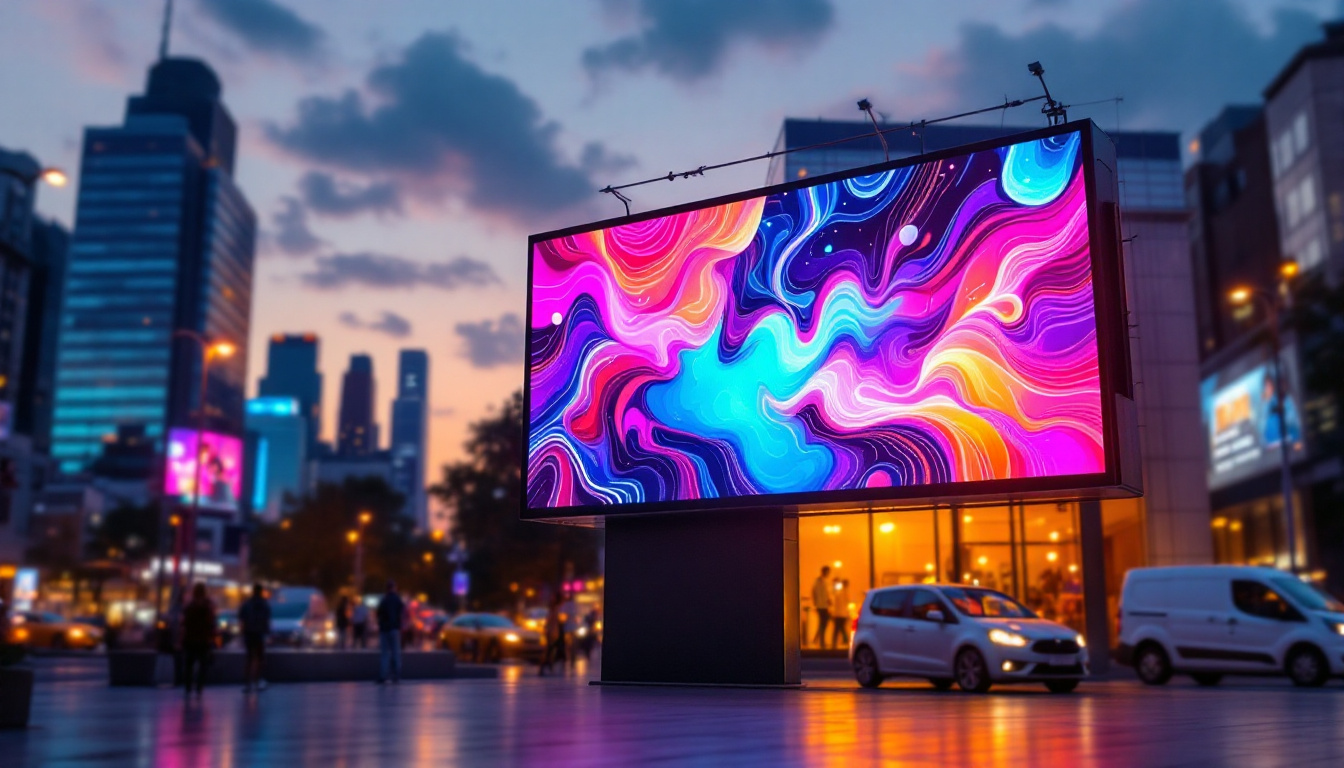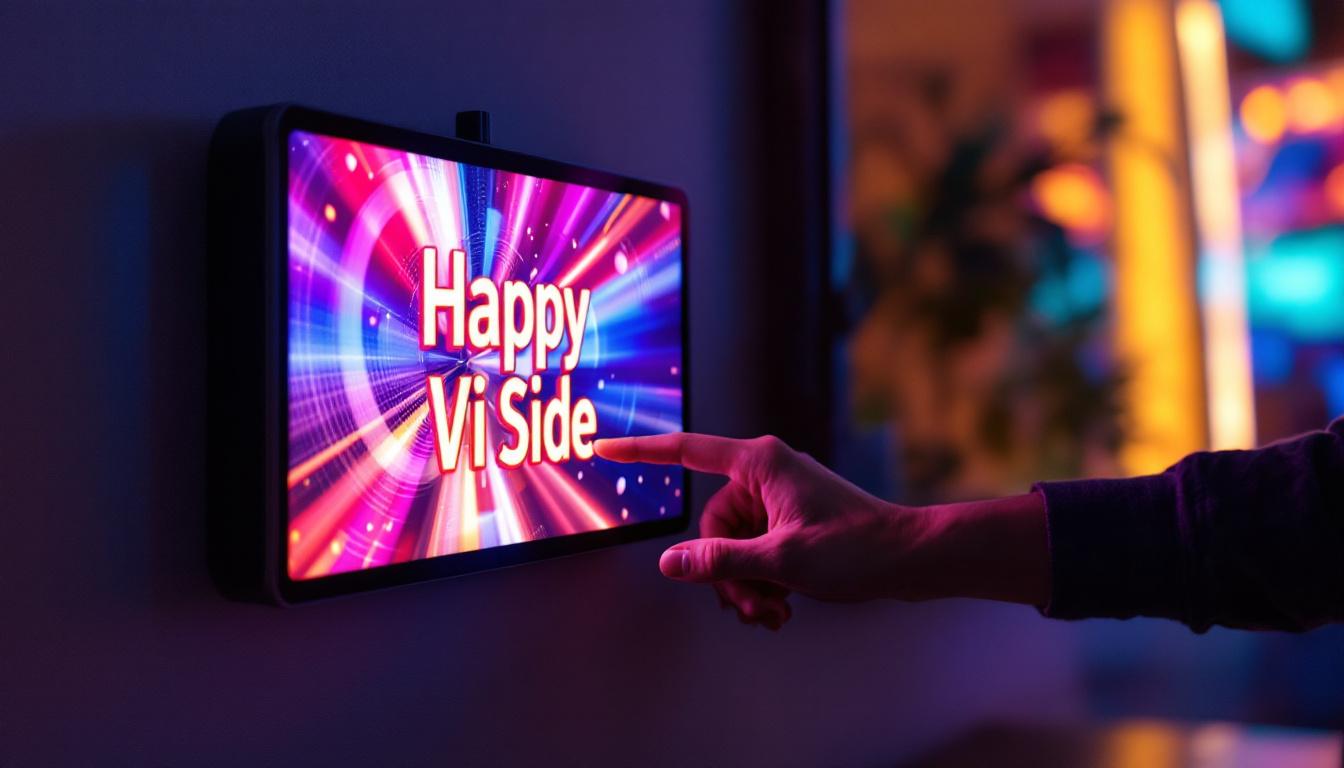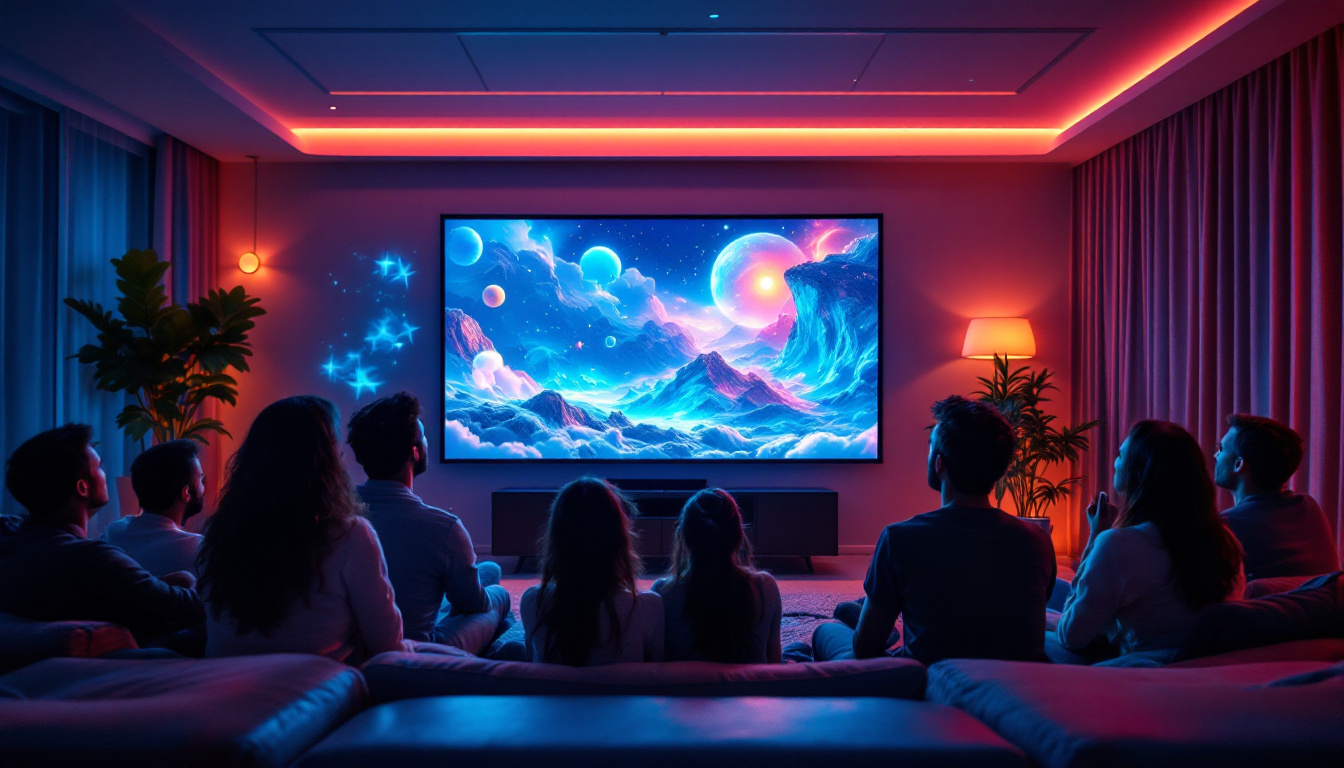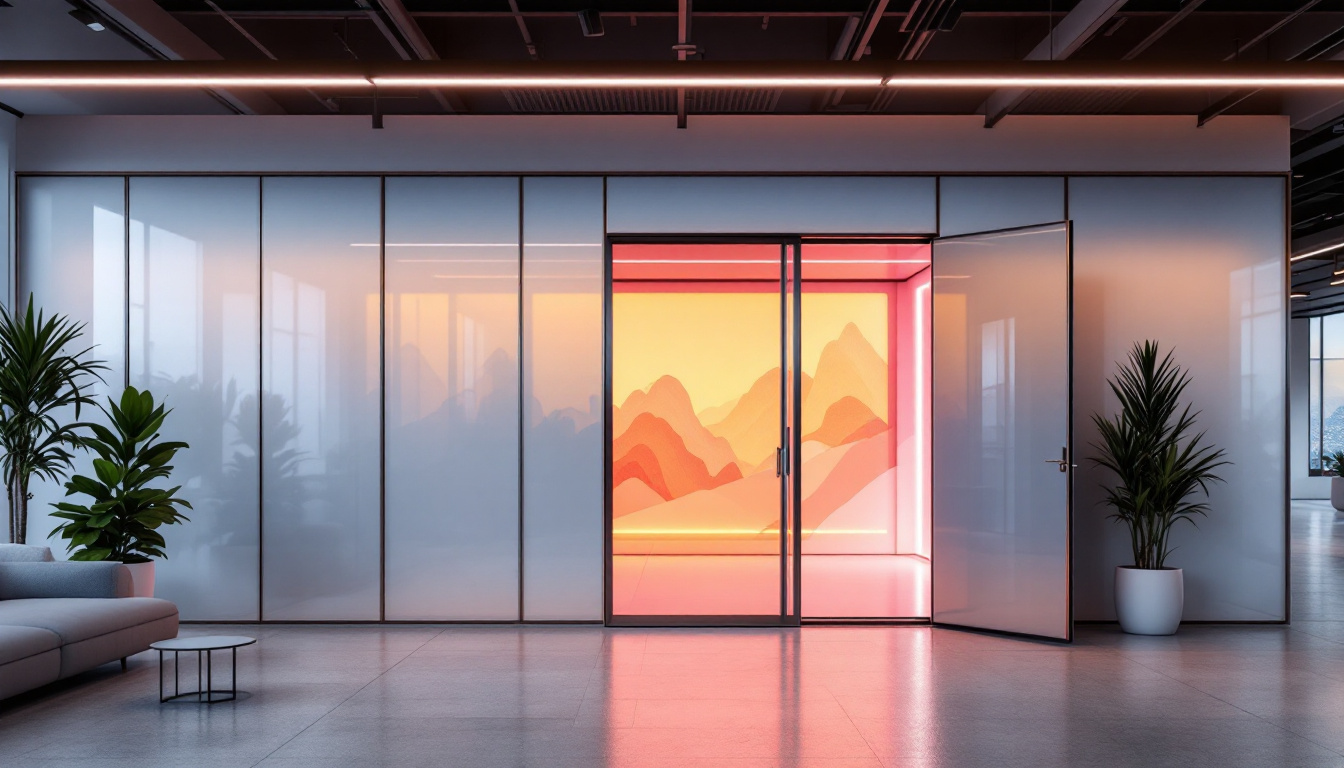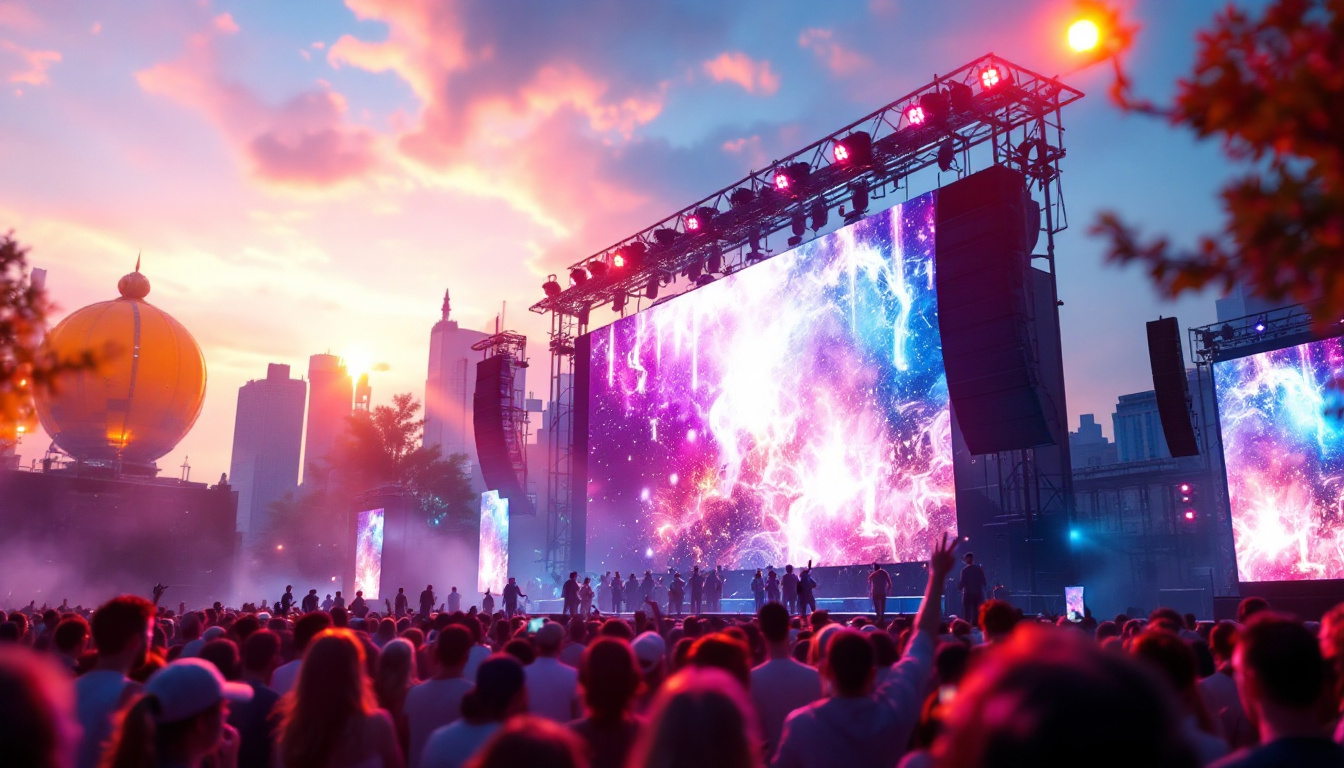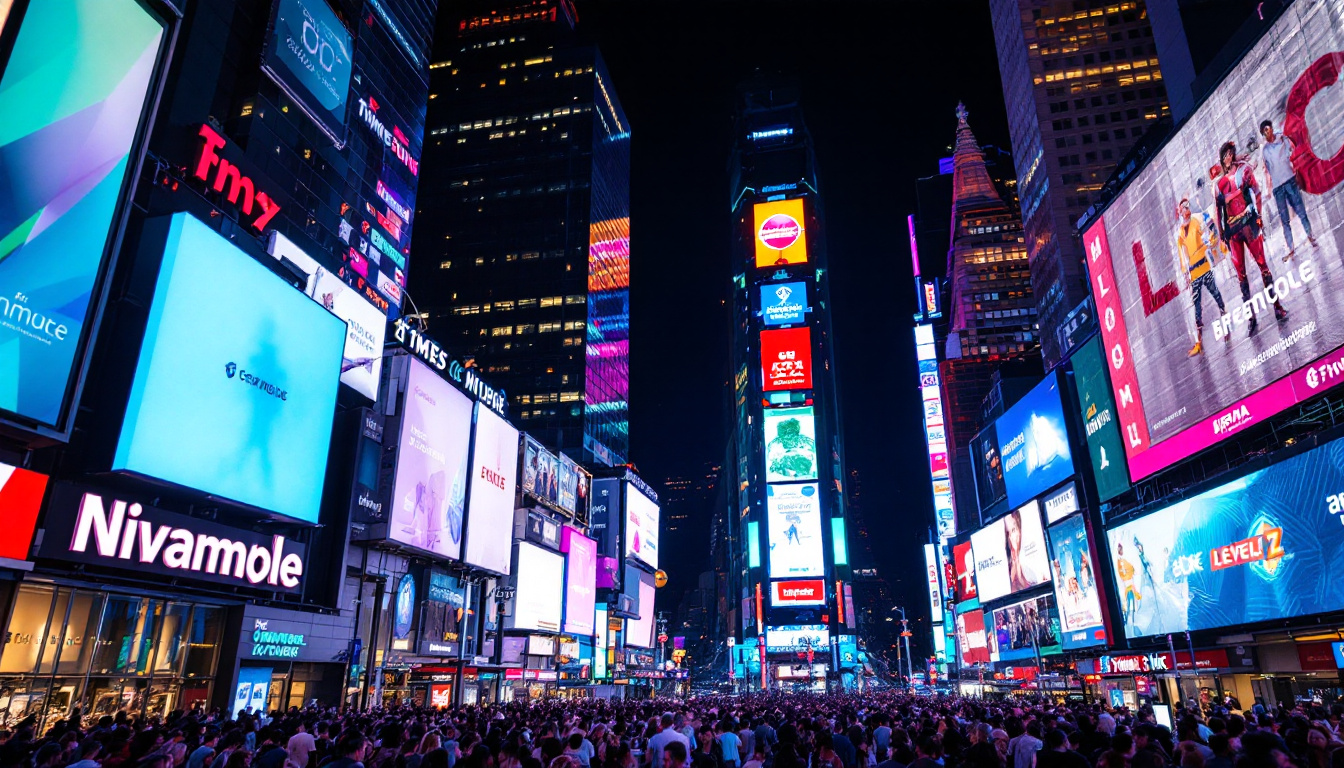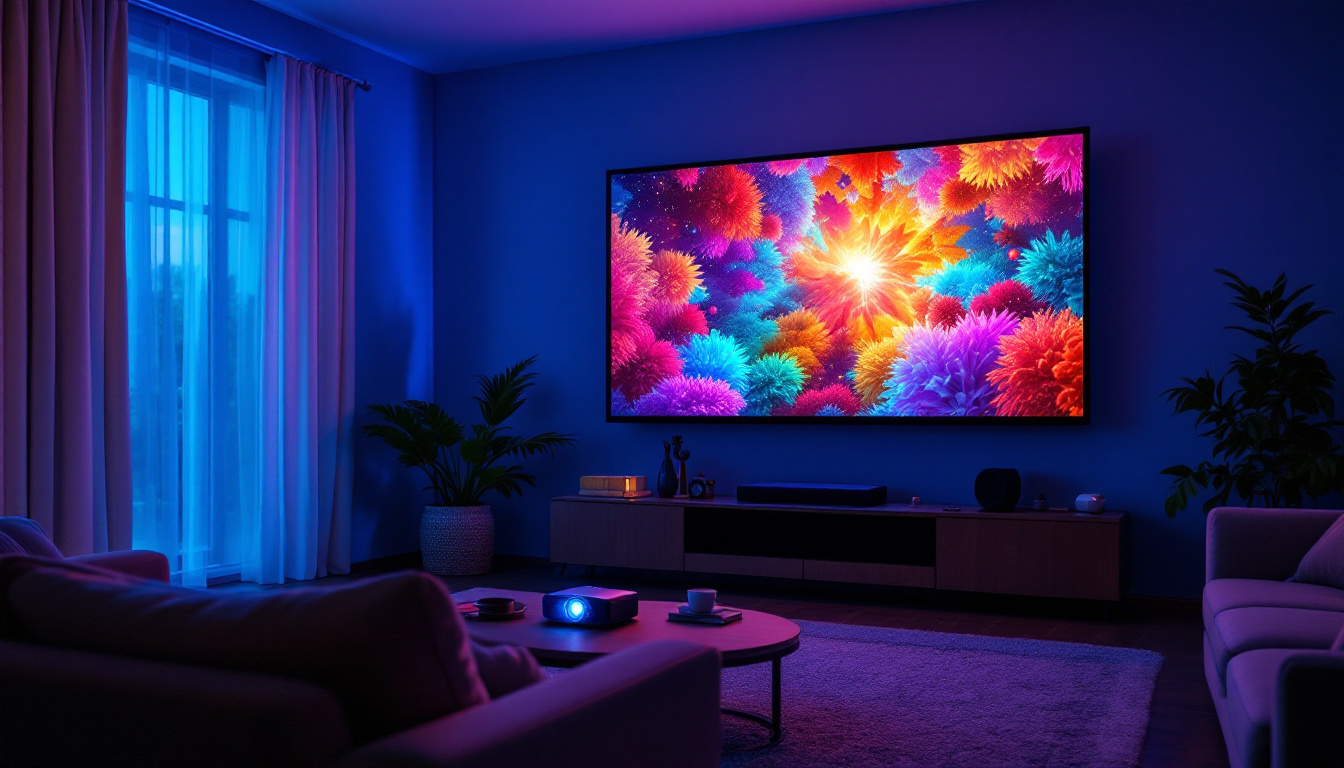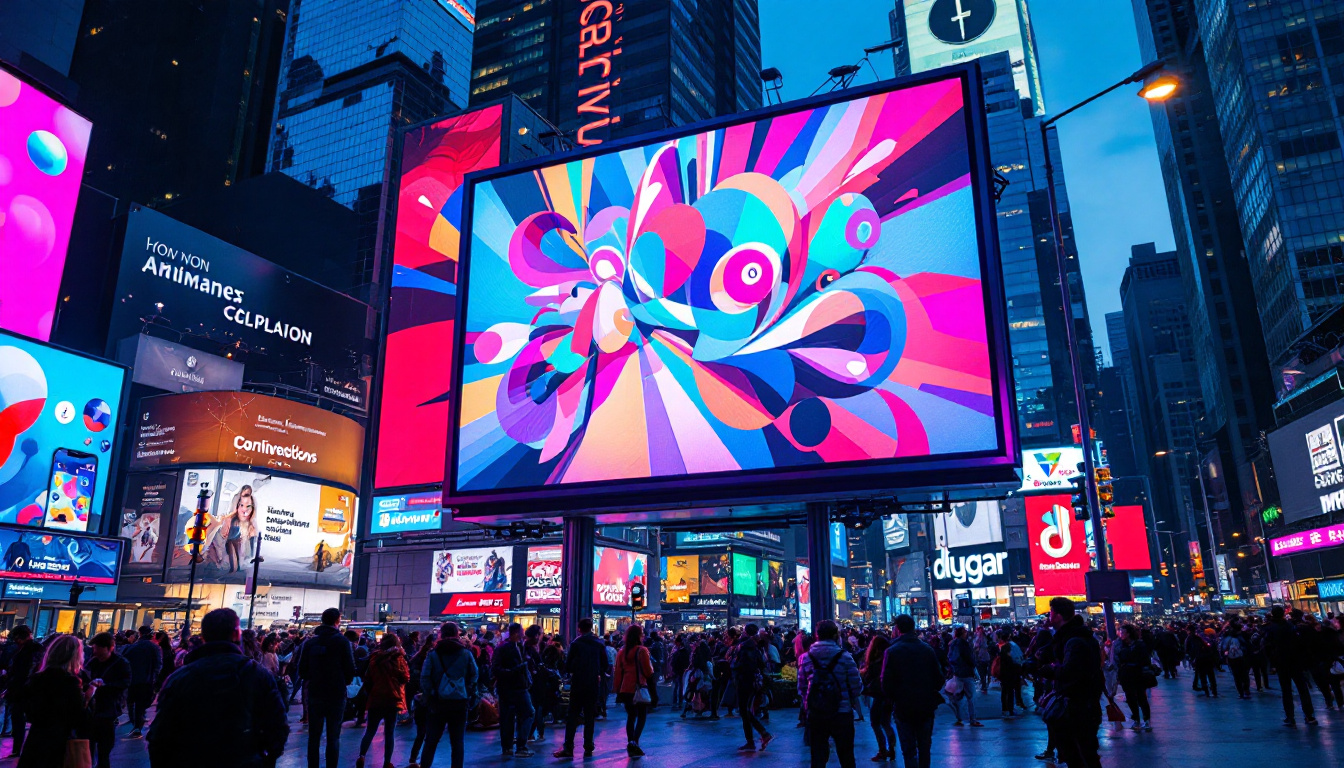The design of a church stage plays a pivotal role in creating an engaging and inviting atmosphere for worship. With the rise of modern technology, many churches are integrating LED displays into their stage designs. This article explores the intersection of wood-based backdrops and LED displays, providing insights into how they can work together harmoniously.
The Importance of Stage Design in Worship Settings
stage design in churches is not merely about aesthetics; it serves a functional purpose that enhances the overall worship experience. A well-designed stage can facilitate better communication, create a sense of community, and inspire congregants. The backdrop, often the focal point of the stage, sets the tone for the service and can reflect the church’s values and mission.
Creating a Welcoming Environment
A thoughtfully designed stage can make attendees feel more at home. By incorporating elements like wood and LED displays, churches can create a warm and inviting atmosphere. Wood, with its natural textures and warmth, can evoke feelings of comfort and stability, while LED displays can provide dynamic visuals that capture attention and convey messages effectively. Additionally, the use of soft lighting can further enhance this welcoming environment, allowing for a more intimate setting that encourages personal reflection and connection among congregants. The careful selection of colors and materials can also play a critical role in creating a space that feels inclusive and spiritually uplifting, inviting individuals from all walks of life to engage fully in the worship experience.
Enhancing the Worship Experience
Incorporating LED displays into stage design allows for a level of creativity and engagement that static backdrops cannot achieve. These displays can be used to project lyrics, images, and videos, enhancing the worship experience and allowing for a more immersive environment. The combination of wood and LED technology can create a visually striking contrast that draws the congregation’s focus to the message being delivered. Furthermore, the integration of sound design with stage visuals can elevate the worship experience even further. By synchronizing audio elements with visual cues, churches can create an atmosphere that resonates emotionally with attendees, making the messages more impactful. This synergy between sound and sight not only captivates the audience but also fosters a deeper spiritual connection, allowing congregants to feel more engaged and present during the service.
Understanding LED Displays
LED displays have become increasingly popular in various settings, including churches. They offer numerous advantages over traditional projection systems, making them an attractive option for stage design. Understanding how these displays work and their benefits is essential for churches considering an upgrade.
How LED Displays Work
LED, or Light Emitting Diode, displays work by using small diodes that emit light when an electric current passes through them. This technology allows for vibrant colors and high brightness levels, making them suitable for various lighting conditions. Unlike traditional projectors, which can struggle in bright environments, LED displays maintain clarity and visibility, ensuring that all attendees can see the content being presented. Furthermore, the modular nature of LED panels means that they can be easily configured to create large screens or unique shapes, offering flexibility in design that can enhance the overall aesthetic of the worship space.
Advantages of Using LED Displays
One of the primary advantages of LED displays is their versatility. They can be used for various applications, from displaying worship lyrics and sermon notes to showcasing videos and live feeds. Additionally, LED displays are energy-efficient and have a long lifespan, making them a cost-effective choice for churches. Their ability to be customized in size and shape allows for creative designs that can fit any stage layout. Moreover, LED technology supports high refresh rates, which is particularly beneficial for live events where smooth video playback is crucial. This ensures that dynamic content, such as live performances or interactive presentations, is delivered without lag or distortion, enhancing the worship experience for congregants.
Another significant benefit of LED displays is their low maintenance requirements. Unlike traditional projection systems that may require frequent bulb replacements and constant recalibration, LED displays typically have a longer operational life and require less upkeep. This reliability is particularly advantageous for churches that may host multiple services or events throughout the week, as it minimizes downtime and allows for seamless transitions between different types of content. Additionally, many LED displays come equipped with smart technology that can automatically adjust brightness levels based on ambient light, further optimizing the viewing experience while conserving energy. As churches continue to embrace modern technology, LED displays stand out as a forward-thinking solution that not only meets the needs of today’s worshippers but also paves the way for innovative presentations in the future.
Integrating Wood Elements into Stage Design
Wood has long been a favored material in church architecture and design. When integrated into stage design, it can provide a sense of tradition and warmth that resonates with congregants. The combination of wood and LED displays can create a balanced aesthetic that appeals to both modern and traditional sensibilities.
Choosing the Right Type of Wood
When selecting wood for stage design, it is essential to consider both aesthetics and functionality. Hardwoods like oak, maple, and cherry offer durability and a rich appearance, while softer woods like pine can provide a more rustic feel. The choice of wood should align with the church’s overall design theme and the desired atmosphere.
Design Ideas for Wood Backdrops
Wood backdrops can take many forms, from simple wooden panels to intricate carvings and designs. One popular trend is to create a layered backdrop that incorporates various shades and textures of wood. This adds depth and interest to the stage, allowing for a visually appealing contrast with LED displays. Additionally, incorporating natural elements like plants or greenery can enhance the organic feel of the wood backdrop.
Combining LED Displays with Wood Backdrops
The integration of LED displays with wooden backdrops can elevate stage design to new heights. This combination allows for a dynamic visual experience while maintaining a sense of warmth and tradition. However, careful planning is necessary to ensure that both elements complement each other effectively.
Design Considerations
When combining wood and LED displays, it is crucial to consider the placement and scale of each element. The LED display should not overwhelm the wooden backdrop but rather enhance it. This can be achieved by selecting a display size that fits proportionately with the wood elements and ensuring that the colors and brightness levels harmonize with the natural tones of the wood.
Lighting and Ambiance
Lighting plays a significant role in how both wood and LED displays are perceived. Soft, warm lighting can enhance the natural beauty of wood, while strategic lighting on LED displays can ensure that the content remains visible without being harsh. Utilizing dimmable lights and adjustable fixtures can help create the desired ambiance for different worship settings.
Practical Tips for Implementation
Implementing a stage design that incorporates both wood and LED displays requires careful planning and execution. Here are some practical tips to consider during the design process:
Engage with Professionals
Consulting with stage design professionals can provide valuable insights and expertise. They can help in selecting the right materials, designing the layout, and ensuring that the technical aspects of the LED displays are properly integrated. Collaboration with professionals can lead to a more cohesive and effective design.
Consider the Church’s Mission and Values
The stage design should reflect the church’s mission and values. Whether the focus is on community, worship, or outreach, the design should resonate with these themes. Incorporating symbols, colors, and messages that align with the church’s identity can create a more meaningful worship experience.
Plan for Flexibility
Church services often vary in style and format, from traditional services to contemporary worship. Designing a stage that can easily adapt to different needs is essential. This may involve using modular elements that can be rearranged or adjusted depending on the service type, ensuring that the stage remains functional and relevant.
Case Studies: Successful Implementations
Many churches have successfully integrated wood and LED displays into their stage designs, creating visually stunning and functional spaces. Examining these case studies can provide inspiration and practical examples for other churches considering similar upgrades.
Example 1: Modern Urban Church
A modern urban church recently revamped its stage by incorporating reclaimed wood panels as a backdrop. The warm tones of the wood complemented the vibrant LED display, which showcased dynamic visuals and worship lyrics. The design not only enhanced the aesthetic appeal but also improved the overall worship experience, drawing congregants into a more immersive environment.
Example 2: Traditional Church with a Contemporary Twist
In a traditional church setting, the stage design featured elegant wooden arches paired with a large LED screen. The screen was framed with wooden elements, creating a seamless integration of both materials. This design maintained the church’s historical character while embracing modern technology, appealing to a diverse congregation.
Future Trends in Church Stage Design
As technology continues to evolve, so too will the possibilities for church stage design. The integration of wood and LED displays is just one aspect of a broader trend toward creating engaging and adaptable worship environments.
Increased Use of Interactive Technology
Future stage designs may see a rise in interactive technology, allowing congregants to engage with the content being displayed. This could include touch screens or augmented reality elements that enhance participation and connection during services.
Emphasis on Sustainability
As awareness of environmental issues grows, many churches are seeking sustainable materials for their stage designs. This trend may lead to an increased use of reclaimed wood and energy-efficient LED displays, aligning with both aesthetic goals and ecological responsibility.
Conclusion
The integration of wood and LED displays in church stage design offers a unique opportunity to create visually striking and functional worship spaces. By thoughtfully considering the materials, design elements, and technological aspects, churches can enhance the worship experience for their congregations. As trends continue to evolve, the potential for creativity and innovation in stage design remains limitless, promising exciting developments for the future of worship environments.
Explore Cutting-Edge LED Display Solutions with LumenMatrix
Ready to transform your church stage with the perfect blend of tradition and technology? Discover LumenMatrix’s innovative LED display modules, designed to bring your worship space to life. From Indoor and Outdoor LED Wall Displays to Custom and Transparent LED solutions, LumenMatrix is committed to elevating your worship experience. Embrace the future of visual communication and create a captivating environment that resonates with your congregation. Check out LumenMatrix LED Display Solutions today and witness the impact of advanced LED technology in your church.

